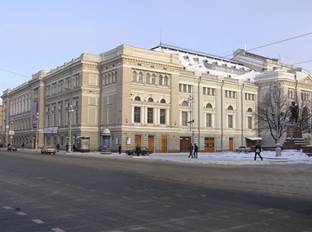The Grainger suite:
The pop hit:
Tourist version:

The Grainger suite:
The pop hit:
Tourist version:

Professor Timothy Jackson of the University of North Texas is being hounded for defending the music theory giant Heinrich Schenker, whom an African-American colleague has branded racist. It’s rare for an academic to respond to mob rule in these overheated times.
Here‘s Professor Jackson’s defence:
The controversy engulfing me and Professor Philip Ewell of Hunter College is widely misunderstood as a debate over “racism.” This controversy is actually about whether or not the Twitter mob may silence open discourse and scholarly debate at the University of North Texas.
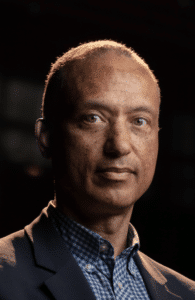
Professor Ewell certainly has a right to express his ideas. He labels as a “virulent racist” the great music theorist Heinrich Schenker. By extension, he argues, modern music theory is institutionalized “racism” and those who teach and defend Schenker are “whitewashing” music theory. We who have dedicated our life and scholarship to Schenker’s ideas are, by extension, inescapably racists.
I had the courage to object. But I did so by following the usual course of open academic debate. The Journal of Schenkerian Studies sent out a Call for Papers to everyone in the Society for Music Theory, including Professor Ewell. We deliberately collected different viewpoints, some supporting him.
Professor Ewell himself made no response. The claim that the Journal somehow denied him a voice is simply false.
Instead, as Professor Ewell told this paper, he chooses not to read the responses at all. He and the Twitter mob nevertheless shout down our viewpoints as “racist.” I have requested that the Journal and the University of North Texas Press immediately make all the responses publicly available.
I have run the Center for Schenkerian Studies at the University of North Texas for two decades. My colleagues and I have a long track record of opposing racism. For example, the Center rescued the compositions of Paul Kletzki thought lost to the Holocaust. At the time he composed, Kletzki was condemned as “racially inferior.” His work is now performed around the world thanks to our Center. In 2011, this earned a Grammy nomination, bringing recognition to UNT.
I have personally promoted and mentored people of color from around the globe. They come to study music theory at UNT. I also stand by my life-long support for providing resources to people of color in the United States to nurture the appreciation of classical music from an early age. Perversely, this too is now condemned by the mob as “racism.”
I also took issue with Professor Ewell for looking the other way at anti-Semitism among black intellectuals. In this, I suppose I am guilty of agreeing with Kareem Abdul-Jabbar. My response gives concrete examples of this anti-Semitism in rap music.
I still appeal to Professor Ewell to join me in opposing this disturbing and racist trend. I continue to hope and believe that Professor Ewell and I are fundamentally on the same side.
We should teach and take Schenker’s life and career as exemplary. As my response to Professor Ewell points out, Schenker’s confrontation with racial supremacy in National Socialism led him to conclude in defiance: “Music is accessible to all races and creeds alike.”
Schenker was not considered “white,” certainly not part of a “white male frame.” They spat on him as a “sow Jew”—denying him standing as either “white” or “male.”
I still believe there is universal humanity in Schenker’s intellectual victory over racism and in music theory. But that victory is perishable. It can only survive by staunchly defending open discourse and an open society. It will never happen by kneeling before the Twitter mob.
Sincerely,
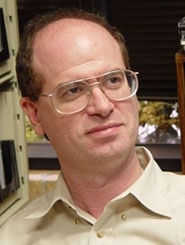
Timothy Jackson
Distinguished University Research Professor of Music Theory
College of Music
University of North Texas
Denton, TX 76203
A memoir by Alon Goldstein:
It has been many years since I received my last “official” lesson with my sainted teacher Leon Fleisher. The clarity, transparency and humanity of his words still resonate within me as if I had just heard each word all over again moments ago. So meaningful, so moving, so humbling was to hear him articulate the most complex music, the music we refer to as “better than could be played”.
Fleisher’s teaching did not involve extensive demonstrations. Not being able to play with his right hand for many years, he spent a lot of time searching for the right word to express what his inner ear was seeking. Musicians tend to say that music cannot be described in words. I believed it until I heard Fleisher speak. It was so clear, so eloquent, so rich, so incredibly precise, even if it took me a while to figure out how to spell surreptitious, periodicity, subtle or menacing. His goal was to teach us to teach ourselves: to know what to ask and when to ask, how to do, where to find, why this and why that.
It was not too long after I began my studies with him that at one of my lessons after playing for him, he said one of the most profound discoveries. It was during a lesson on a Schubert or Beethoven sonata, while I was trying to find the focal point in the phrase, create a long line, generate momentum and so forth, that Fleisher leaned backward slowly in his chair, closed his eyes gently, raised his eye-brows and said that “music is made out of physical forces.” Every note, every ascending or descending line, circular patterns or huge leaps is surrounded with physical forces. They are the magnet between the notes. This is what the music is made of. Understanding these physical forces, knowing how to utilize them makes for an interpretation that is not only irresistible but inevitable.
A few years ago I was back at my alma mater, the Peabody Conservatory of Music, to rehearse Mozart’s concerto for two pianos with Katherine Jacobson Fleisher in preparation for a performance with the Chicago Symphony Orchestra. In the midst of rehearsing Fleisher entered the room unexpectedly and we both embraced the opportunity to be transported by his presence.
As we began the first movement these physical forces slowly awakened – Centrifugal force pushed us outwards when an ascending melodic run changed its direction. Centripetal force pulled us inwards when a descending line suddenly turned upwards. Circular patterns, angular ones, leaps, jumps, sustain notes – all generated forces that glued the notes to become a musical phrase.
There was one force, though that existed from the moment the first note of the piece was pressed and until the last note disappeared. That was the force of gravity. As the melody soared high above, then dived back down almost touching the ground, making loops and leaps, taking us on a roller-coaster journey, it was a journey in anti-gravity. Fleisher, Kathy and myself, were conversing together with Susanna, Dr. Bartolo, the count and Figaro. Oh, and Mozart… he was conducting the whole opera.
Hours passed, Fleisher became more immersed in the music. As we began the second movement he was pointing out the achingly beautiful suspended notes in the melody. “It hurts so good” he said, and then continued: “Listen to the way the long notes make a crescendo after being pressed, followed by a diminuendo before the next note arrives.” Every physicist would say this is impossible, but we musicians are not physicists, we are illusionists. This is vocal playing.
When Fleisher was pressing those keys there was a sense of rightness. The notes appeared at exactly the right place in time. He (and Mozart) did not need to use many keys to open the lock into the mystery of such divine beauty. Elevating our level of awareness to the next sphere, Fleisher described a tune as “rising the way a balloon does, at an ever-decreasing rate of speed, to the point where the pressure outside equals the pressure inside and it stays suspended”.
The heavenly beauty of the opening tune gave way to the intense sorrow of the middle section. I was bewildered by Fleisher’s reorganization of the phrase structure. “Listen to the way the held notes in the melody change their color when the harmony underneath changes”. A simple held note, so painful, became so hopeful under a different harmony, different color. After experiencing this extraordinary moment, the rising line with the force of resistance felt exhausting. The next held note was one of resignation, of acceptance. It gave in to gravity.
The middle section came to a close, and the opening melody returned. At the beginning this melody had a future. Now it had a past. It sounded entirely different as a result. Our resistance to the force of gravity was soon coming to a close as the movement approached its end.
Taking off when the movement started, being carried on top of one giant force, hovering above when the pressure outside equaled the pressure inside, experiencing all those ever-changing moods, while being aware of the forces surrounding the notes, and at the end coming back down.
It seemed so natural, so obvious when Fleisher put his hand on the piano. Every key he pressed was part of nature’s forces that shape our world in general and this music in particular. For Kathy and me it was a great adventure. After all, as Mr. Fleisher would say, “music is an adventure in anti-gravity.”
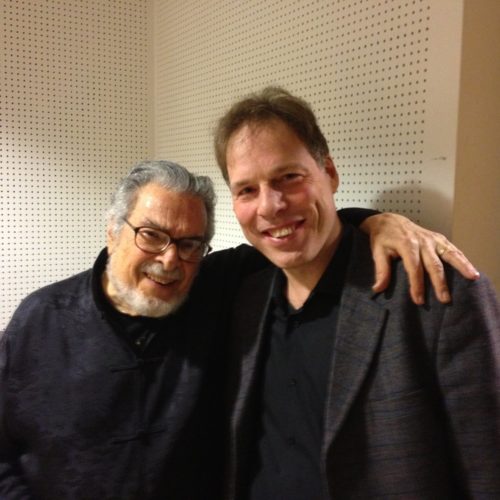
More from Einav Yarden:
A blaze of pain went straight to my heart when I learned about the death of Leon Fleisher, the musician and pianist for whom I came to the United States a bunch of years ago. This towering figure, a rare musical personality who left an unforgettable impression on anyone encountering him, a human whose powerful aura was felt the minute he would enter our studio door; the spellbinding teacher who would shape his words, his sentences and even his silences, as if they were themselves phrases of music – with the sense of architecture in the tone, the rhythm, the pitch of his words, in the choice of where to pause. Every word chosen, but also every word, and silence – inevitable there and in its perfect place, just like the way he played.
I am so grateful for having studied with this giant personality and musician, grateful for all those moments in his studio, the eight of us students being mesmerized by the sense of greatness that comes around once in a life time, and it being at the same time intertwined with the sense of intimacy in experiencing these moments in such a small group, being inspired together. I am grateful for having had so many encounters with him also after my Peabody years, one them captured in the photo below from a wonderful lunch we had together in late 2018. I will forever cherish this human and musician.
Jan Dalley, arts editor of the Financial Times, makes a compelling case for why concert halls need to reopen:
The past few months, with all their closures, cancellations and lockdowns, have posed some stark questions about culture. And about the performing arts in particular, the music, theatre, dance and other live events that are most sensitive to Covid-related restrictions. Do we need them? Do we care if we don’t have them? Does it matter whether or not the performance is live, in front of us, experienced together with others in an audience?
For most people the first two answers would be yes, and yes, unequivocally. But for many, the answer to the third question isn’t quite so clear. After months of relying on the digital realm, of feasting on streamed everything, from rock music to white ballet, of spending evenings curled up with Netflix, how much does live performance really matter?
Kings Place, a cultural centre in London’s King’s Cross that works as an independent charity, wants to answer that loud and clear. The centre, with its two wooden concert halls, was created only a dozen years ago by property developer Peter Millican, who is still Kings Place’s executive chair. It’s one of many venues that can’t be sustained on the very limited-capacity reopening that’s currently possible, but its programmers were determined not to allow silence to reign. Or to let our cultural starvation diet continue….
Read on here.
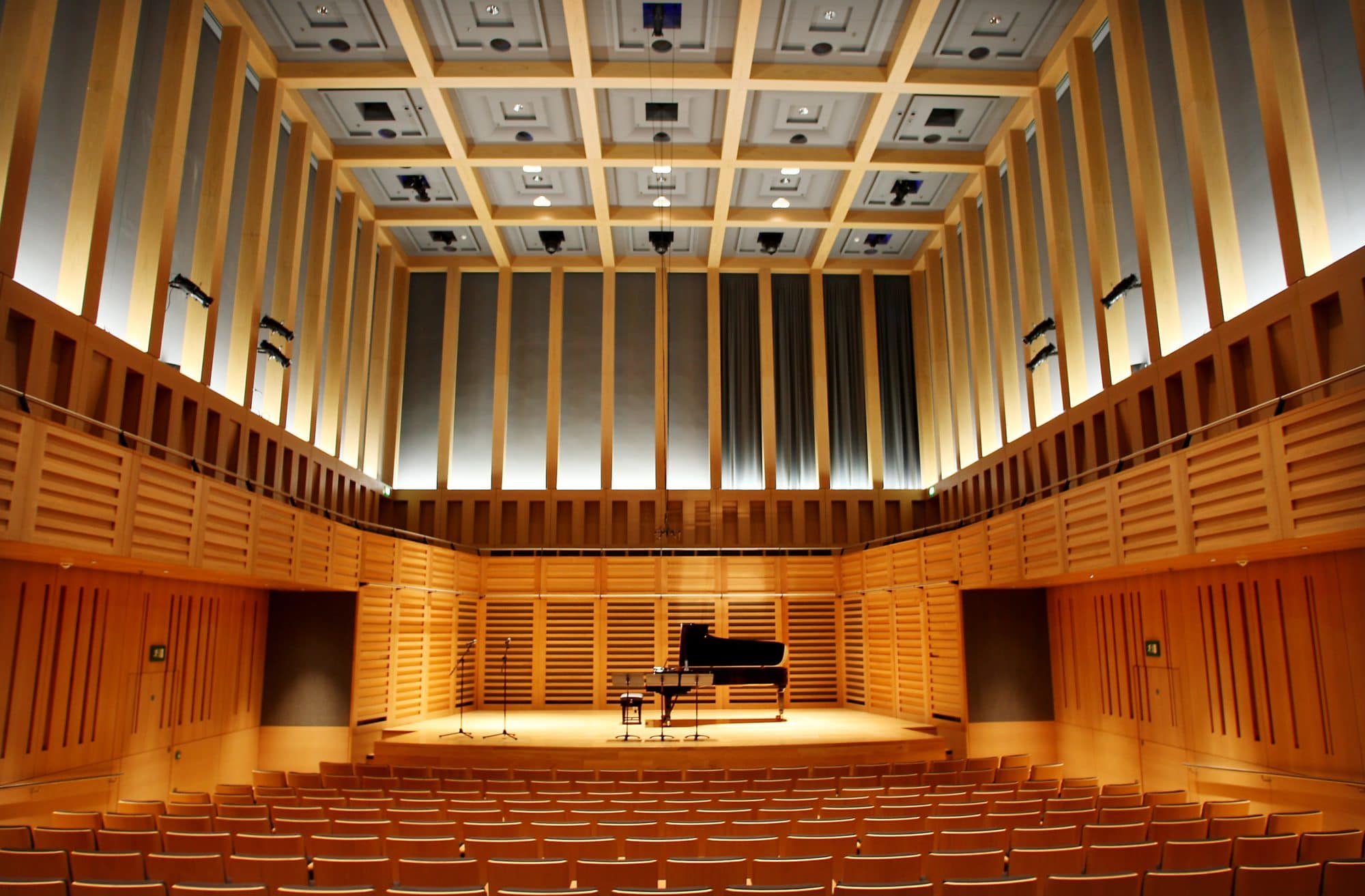
London’s South Bank Centre has entered ‘redundancy consultations’ with staff, from which there is only one way out.
A lot of people will pay with their livelihoods for the Centre’s unexplained debt load and its board’s prolonged incompetence.
A spokesperson said: ‘It is with great sadness that the Southbank Centre announced that up to 400 roles have been put at risk of redundancy as part of a comprehensive management action plan designed to stem the financial losses being incurred as a result of Covid-19, and to help safeguard the future of the UK’s largest arts centre.’
We share that sadness.
However, it is reported that when the Centre reopens in 2021 it will operate with an entirely new operating structure, based, according to senior management, on a ‘start-up’. Staff have been told that the centre’s programme of contemporary art exhibitions, classical and contemporary music and literature events will be allocated just 10% of capacity across its venues with 90% reserved for rental.
That represents a degree of short-term positive rethinking.
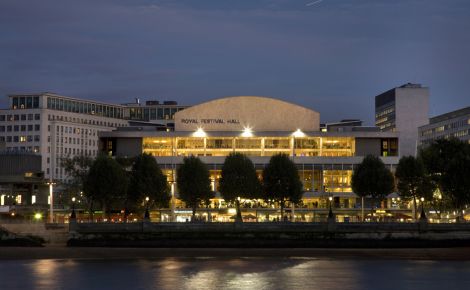
Edgar Foster Daniels, who died aged 88 last week, was heir to a newspaper fortune who became a Broadway and TV actor.
In 1983 he returned home and became the major donor behind Santa Fe Opera.
He was also served on the board of the Metropolitan Opera, San Francisco Opera, Los Angeles Opera and Lyric Opera of Chicago, and supported productions at the Salzburg and Bayreuth festivals.
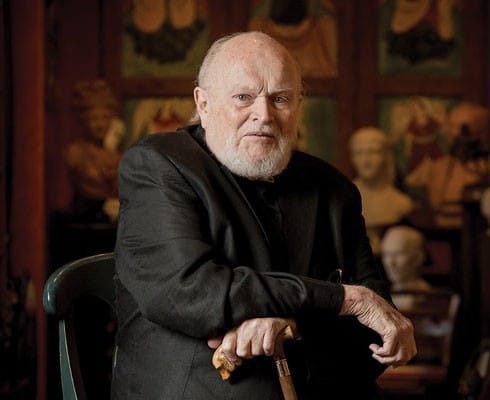
It’s the headline of the leading news article in the September edition of BBC Music Magazine.
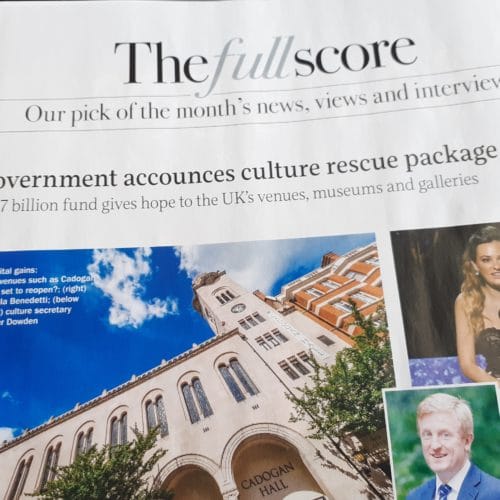
I was on Front Row last night, talking about Leon Fleisher. You can relisten to the interview here.
It was the first time in six months that I had entered Broadcasting House and the shock was considerable.
Open-plan editorial floors, normally buzzing with ideas, were deserted as far as the eye could see. The lifts, once crowded, were restricted to one person at a time. The FR team consisted of one presenter, one producer, one studio manager.
I was placed in the studio ten paces away from the presenter, behind a different table, to avoid risk of contamination.
And the floors were filthy, as if no cleaner had attended in weeks.
But the show goes on, maintaining its nightly enthusiasm for the arts in the most trying of circumstances.
That’s a great achievement. We’d be lost without it.

I’m listening with mixed feelings to Daniel Barenboim’s new Elgar album on Decca.
It is beautifully and idiomatically played by the Staatskapelle Berlin and the Sea Pictures are sung by Elina Garanca in a much deeper, richer tone than we are used to from a long run of marvellous English mezzos. The colours of her voice are kaleidoscopic.
But the words are something else.
I am sure that Ms Garanca, who is married to the London-born conductor Karel Mark Chichon, speaks English with fluency and grace.
But back in Latvia she does not appear to have been taught to sing in English, which is a very specific discipline. English is not naturally a musical language. It needs nurture and expertise for its syllables and vowels to enhance a musical line.
This is Garanca in the new recording of Where Corals Lie.
And this is Dame Janet.
QED.
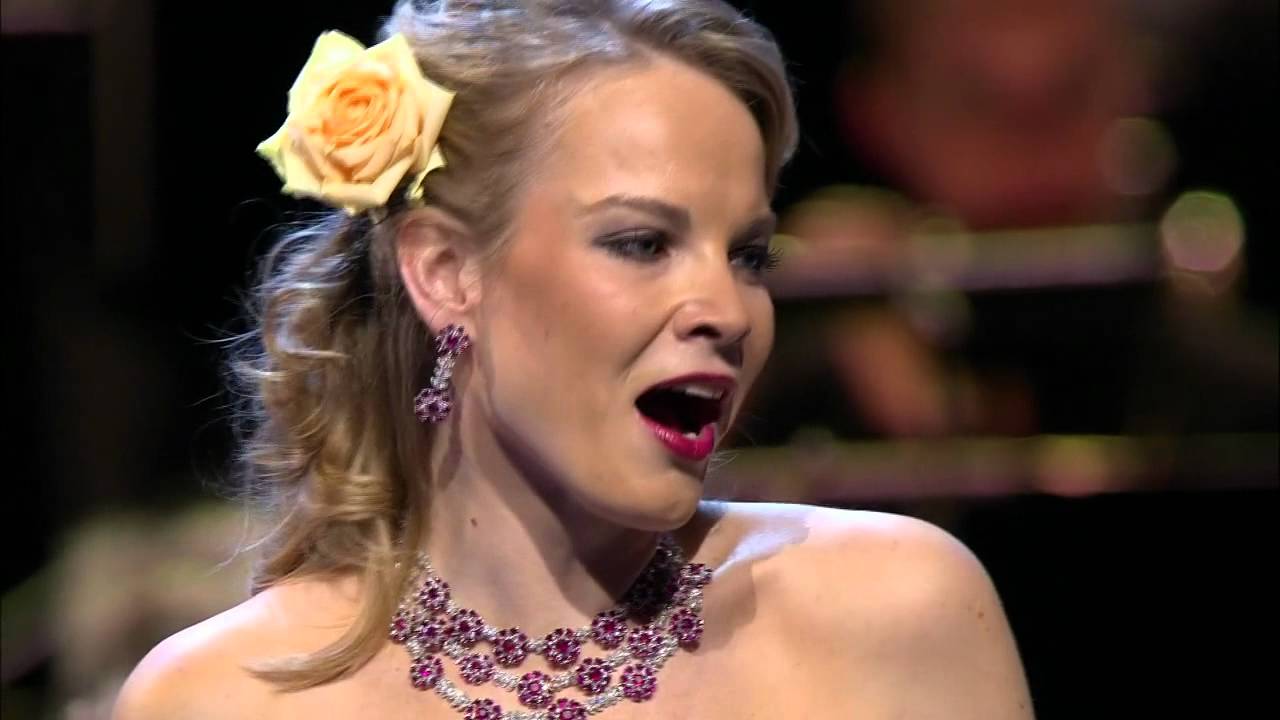
Decca are about to release a 60th anniversary 60-CD collection of major recordings by the Academy of St Martin-in-the-Fields, the world- renowned London orchestra.
The Academy began when Neville Marriner and a few pals from the London Symphony Orchestra, plus Christopher Hogwood and other period-instrument specialists, began giving public concerts at the Trafalgar Square church in 1958. The church was always open to itinerant musicians and the quality of its concerts, mostly for tourists, was consistently high.
No longer. As we reported, the church has decided to stage performances only with its own musicians. There’s no room at the inn for new ideas or external initiatives. The church of St Martin-in-the-Fields has consigned itself to musical oblivion.

The French president has announced one item in his itinerary several years in advance.
He intends to be present at the ceremonial reopening of the Notre Dame organ on 16 April 2024, five years almost to the day since the fire that gutted much of the cathedral but spared its great instrument.

Building repairs on the the Rimsky-Korsakov Consevratoire in St Petersburg were interrupted by the discovery of a mortat mine in the basement, a legacy of German bombardments in the siege of Leningrad.
The site was evacuated while the object was removed. The bomb was then taken to a landfill site and safely exploded.
